Different Types of Wax to Dab and Know About
There are many types of wax to choose from when you want to dab. They each offer different consistencies and malleability and are derived using a handful of standard processing techniques. Read on to learn about the most common types of wax and what sets them apart.
Dabbing has become increasingly popular, both as a dance and a smoking method. But we’re not here to discuss dance moves. We’re here to discuss the different types of wax that you can set a butane torch to and inhale smoothly, or at least as smoothly as possible. There are a wide variety of terms for wax, but they are made with a few specific methods. Each term used hints at the texture, color, and malleability of the particular type of wax. Although we won’t dive into the technical steps for making wax, we will provide you with an overview of the top ten types of wax currently on the market.
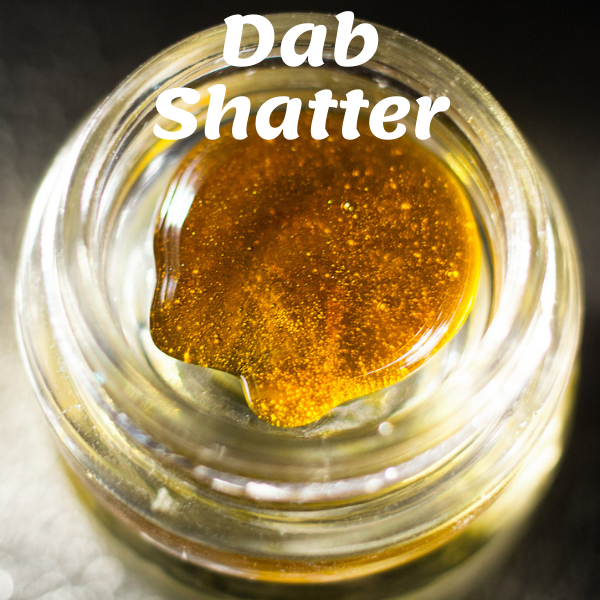
1. Shatter
Shatter is the most common and budget-conscious product used for dabbing. This type of wax has a hard, glass-like texture that can be brittle and fragile. Shatter will act like its name implies, and literally shatter when you use a dab tool to break it apart. It is also typically a gold or amber color, that is almost transparent. Be sure to break apart shatter gently though, since pieces can snap off and fly all over the place.
2. Pull ’n’ Snap
Pull ‘n’ Snap is a type of wax that is closely related to shatter. This wax has a similar golden or amber color, but a slightly different consistency. As the name implies, when you use a dab tool on snap ‘n’ pull, you will be able to snap a piece off of the wax chunk, but it will pull slowly off. This wax has a consistency similar to taffy and is a bit stickier, or more pliable than shatter. This often makes it easier to work with, but it can become a sticky mess if you aren’t careful.
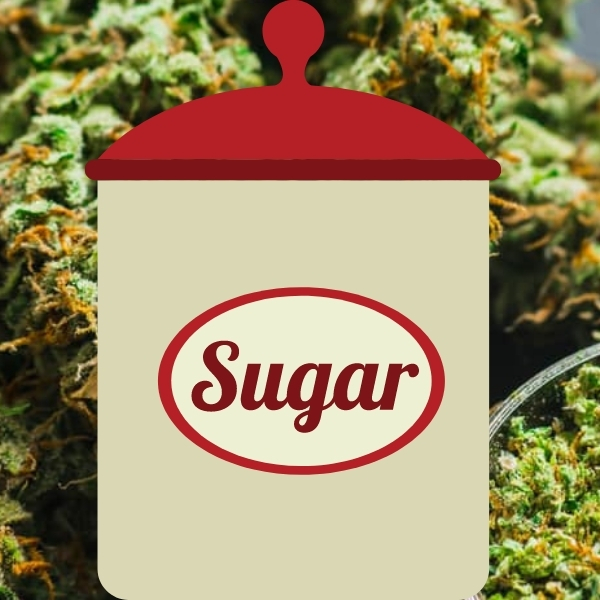
3. Sugar
Sugar wax is exactly what it sounds like -- wax that has the consistency of damp sugar. Imagine the consistency of a bowl of sugar mixed with coconut oil, and that’s pretty much dead on. If you aren’t familiar with that texture though, it can be best described as having a wet, sappy consistency. The color is slightly different for this type of wax and ranges anywhere from bright yellow to deep amber. It is typically easier to scoop up just the right amount with a dab tool, but it does not have an even consistency like shatter or pull ‘n’ snap.
4. Sauce
Sauce is very similar to sugar, and both terms are often used interchangeably by manufacturers. However, sauce tends to have a more consistent texture than sugar. It also looks a bit thicker, or in other words, saucier. You will often notice larger chunks of crystals in sauce versus the finer texture that sugar has.
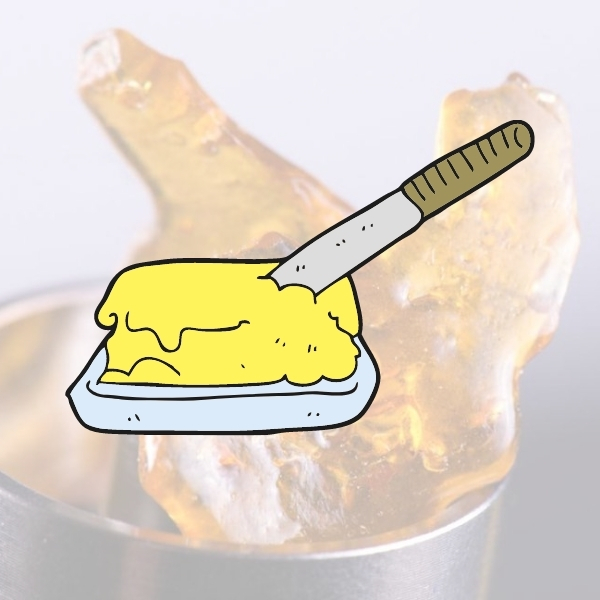
5. Badder
Badder can also go by the name of “budder”, but they are the same type of wax. As the name implies, this type of wax has the consistency of a stick of butter or cake batter. It is a more oily or softer texture than the previous types of wax discussed and tends to be bright yellow to orange in color. Its consistency makes it easy to handle and to spread on a variety of things including joints, blunts, or dab rig bowls -- like adding icing on top of a cake.
6. Crumble
Crumble has one of the obvious names of them all. When handling this type of wax, it typically, yup you guessed it, crumbles. In comparison to badder, it has a more brittle consistency because more air is incorporated into the wax. Therefore, when you use a dab tool to scoop it up, it will fall apart easily upon contact. Its color is similar to badder, being anywhere from yellow to orange, but has a matte finish to it instead of a glossy saucy glaze.
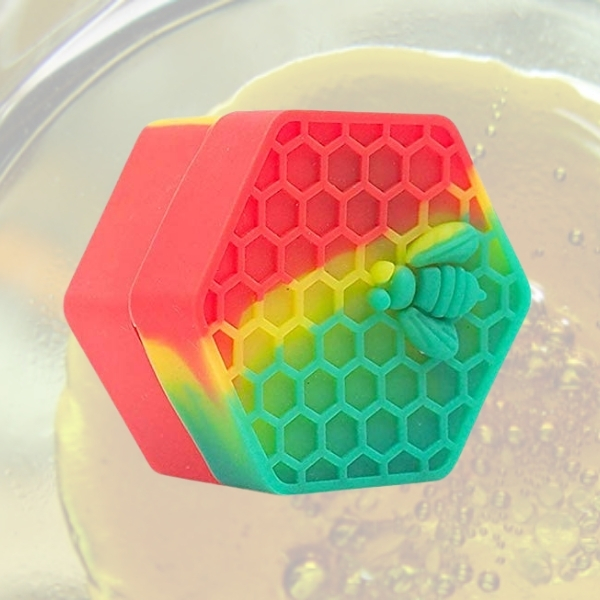
7. Honeycomb
Honeycomb wax is almost identical to crumble. It has a dry consistency that is visibly porous. It does look very similar to a piece of natural honeycomb, but even more similar to Honeycomb cereal. When you touch it with a dab tool, it will typically crumble into smaller pieces that you can easily load into a dab pen or dab rig bowl.
8. Live Resin
Live resin is considered to be one of the highest quality types of wax available. This is because live resin tends to preserve the full profile of terpenes, offering a flavorful dab experience. It is typically a dark yellow color and extremely sticky. It is a bit easier to work with than shatter, and lies somewhere between the consistency of badder, sauce, and snap ‘n’ pull.
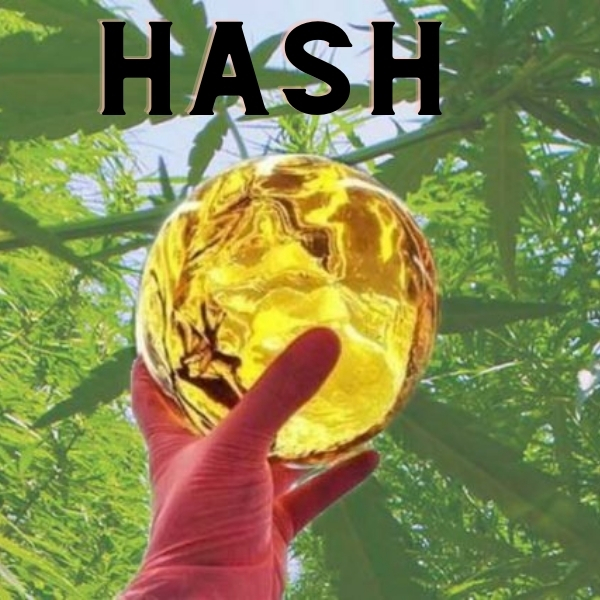
9. Bubble Hash
Bubble hash tends to have a paste-like consistency and is less bubble-like than the name implies. The bubble part comes into play when you apply torch flames to this wax, and it begins to bubble. It can come in a wide range of colors, but the best bubble hash is often a blonde gold, with the lower end bubble hash being red or black.

10. Crystalline
Crystalline is the most concentrated form of wax on the market. It is pure isolated cannabinoids in a crystal-like structure. When you buy a gram of crystalline, it is typically in one large chunk or broken down into a powder-like consistency. Crystalline is often white in color and has a denser consistency than any of the previous types of wax discussed.
Depending on how you prefer to dab, there is a different type of wax that will work best for you. The thicker, stickier types of wax are best used with a dab tool and dab rig. But the drier wax or wax that likes to shatter is a bit easier to load into a dab pen. It all comes down to consistency, but all of the various types of wax will have the same side effects in the end.
Related Blog Posts
Can You Dab CBD? Everything to Know
Blog Categories
- Home
- Industry News
- Vaporizer Reviews
- Dry Herb Vape Tutorials & FAQ
- Wax Pen Vape Tutorials & FAQ
- Oil Vape Pen Tutorials & FAQ
- Vaping Guides & Information
- Dabbing FAQ & Guides
- Smoking Pipe Tutorials
- NY Vape Shop Listicles
- Vape Pen Comparisons
- Vape Shop How To Articles
- Vape Shop Buyers Guide
- Vape Pen Basics
- Herb Grinder Reviews
- Dry Herb Vaporizer Reviews
- Oil Vape Pen Reviews
- Wax Pen Reviews
- Box Mod Vape Reviews